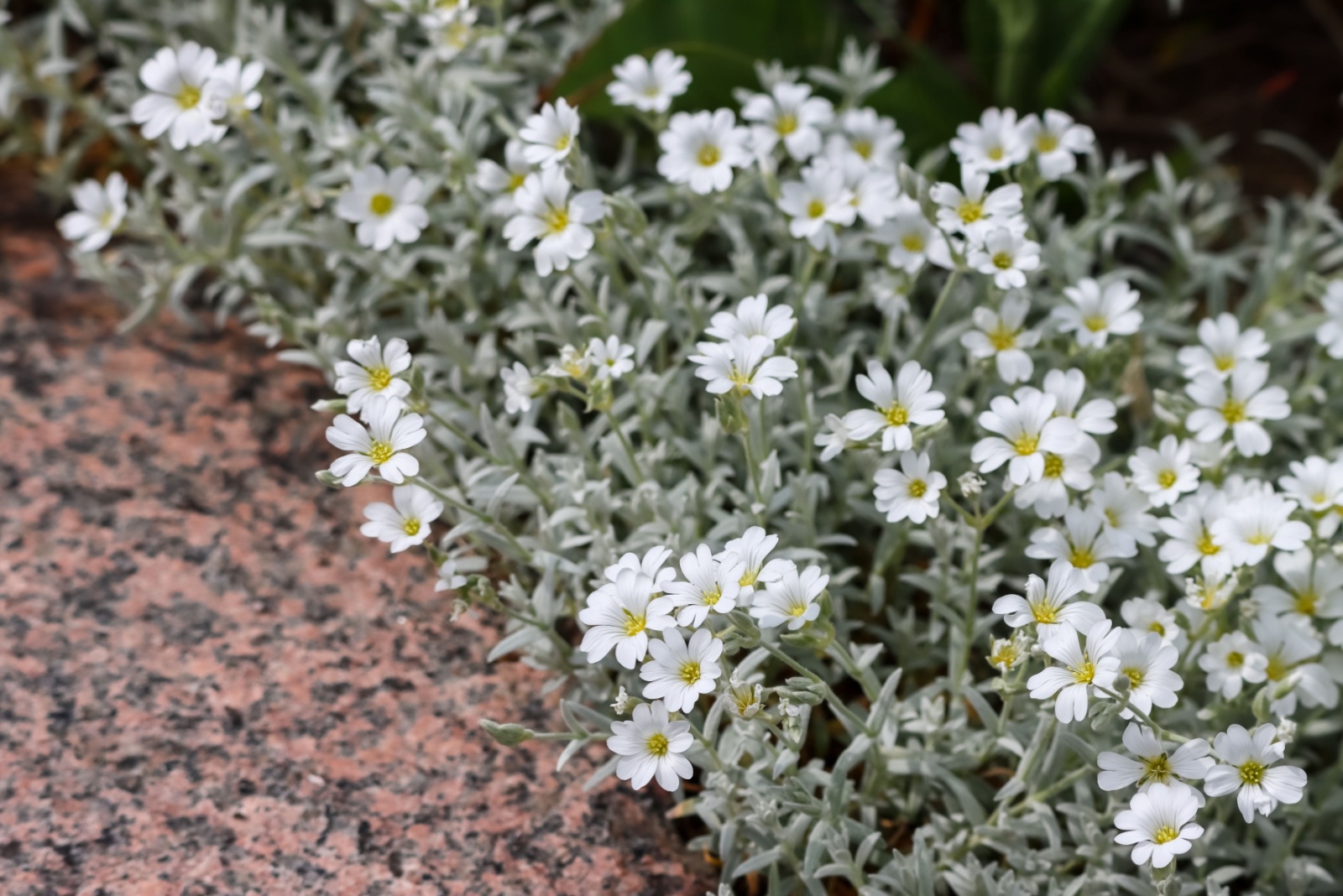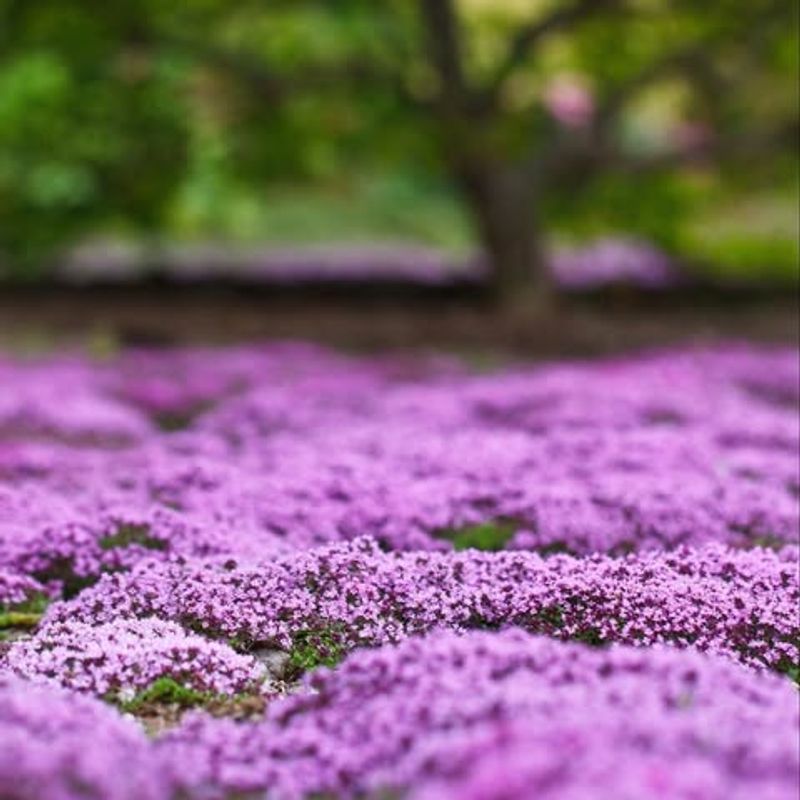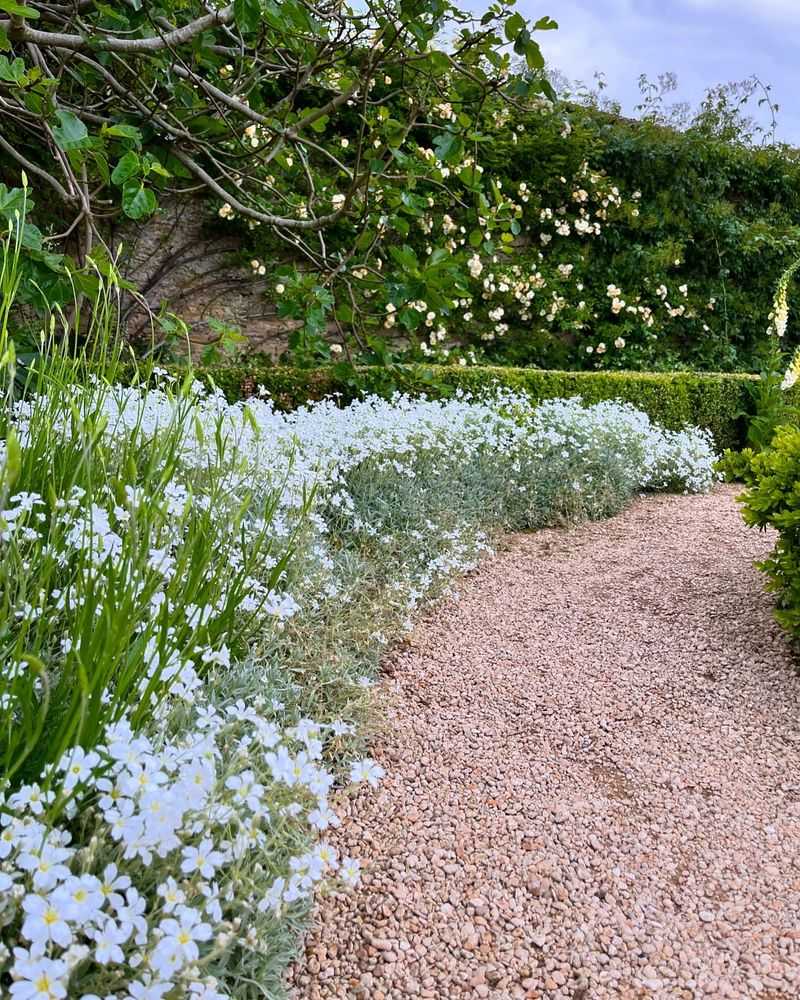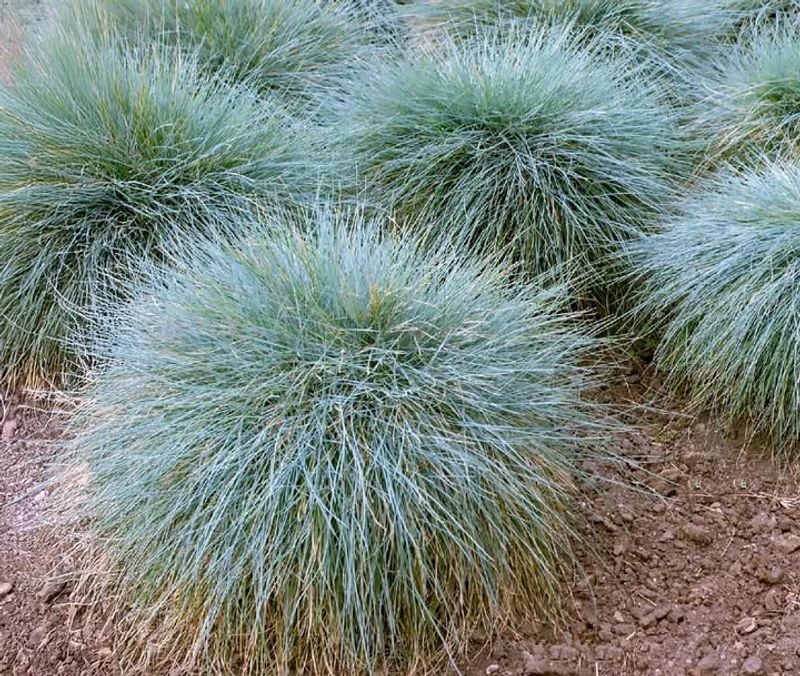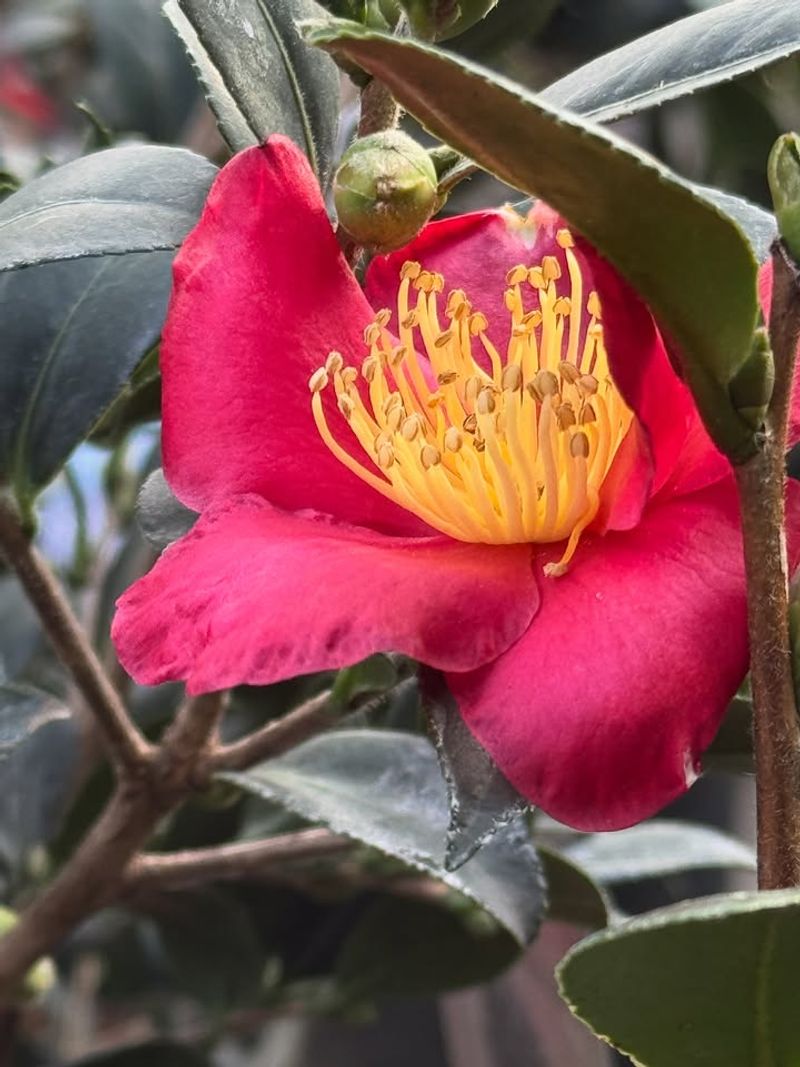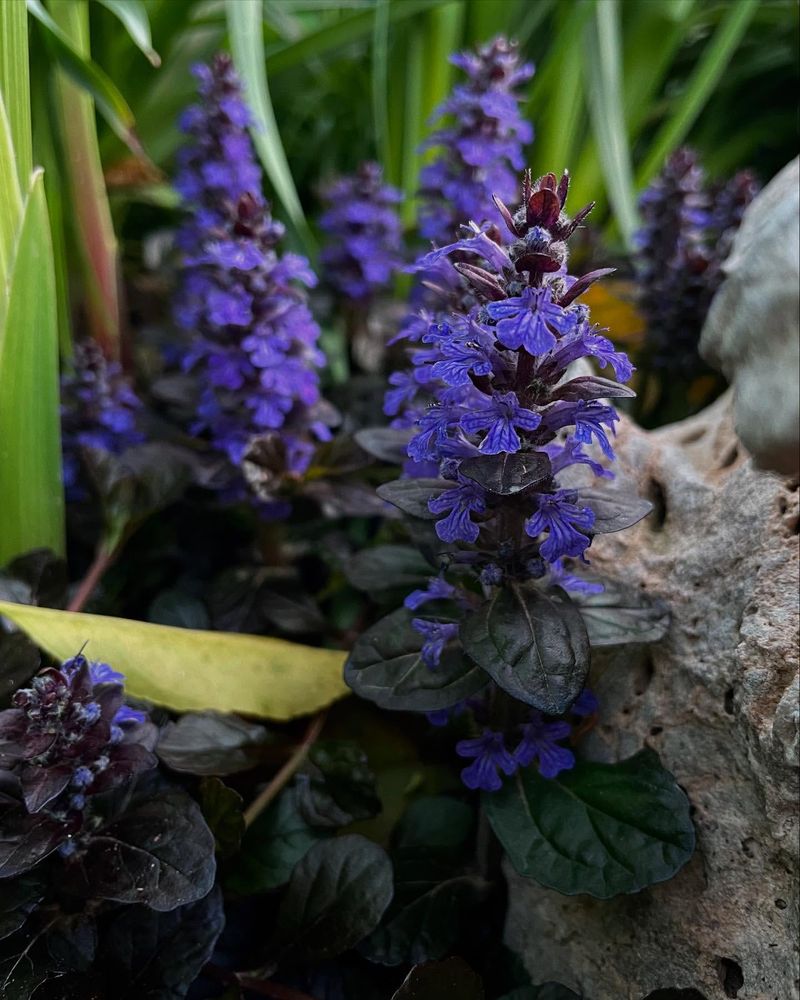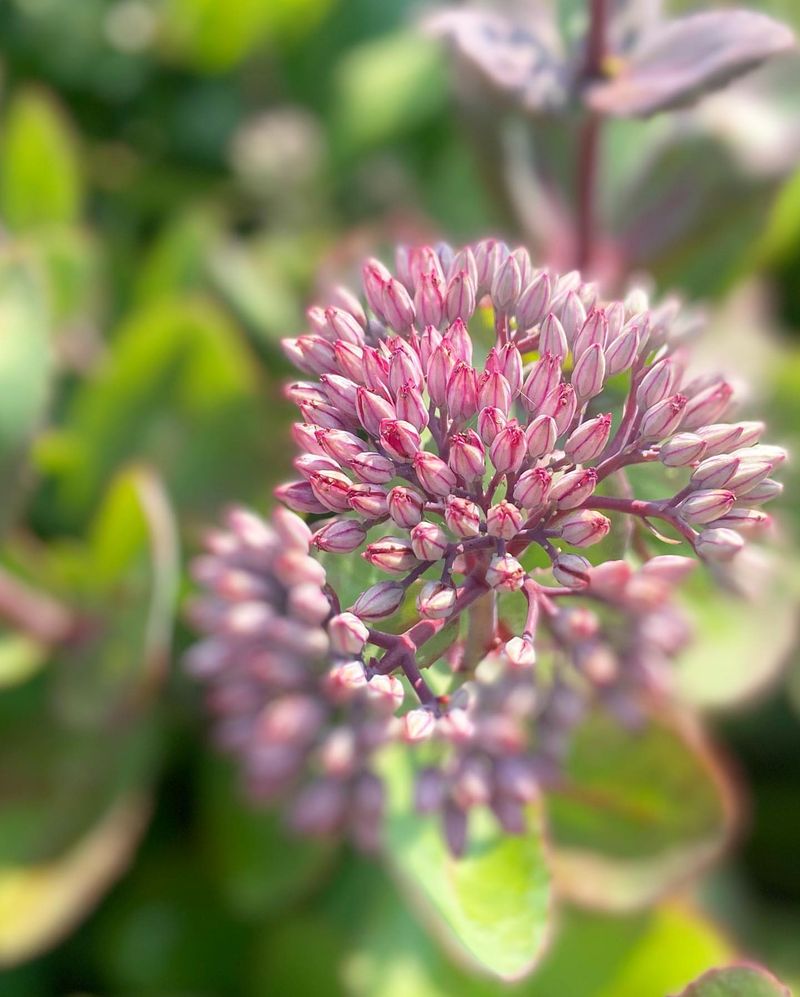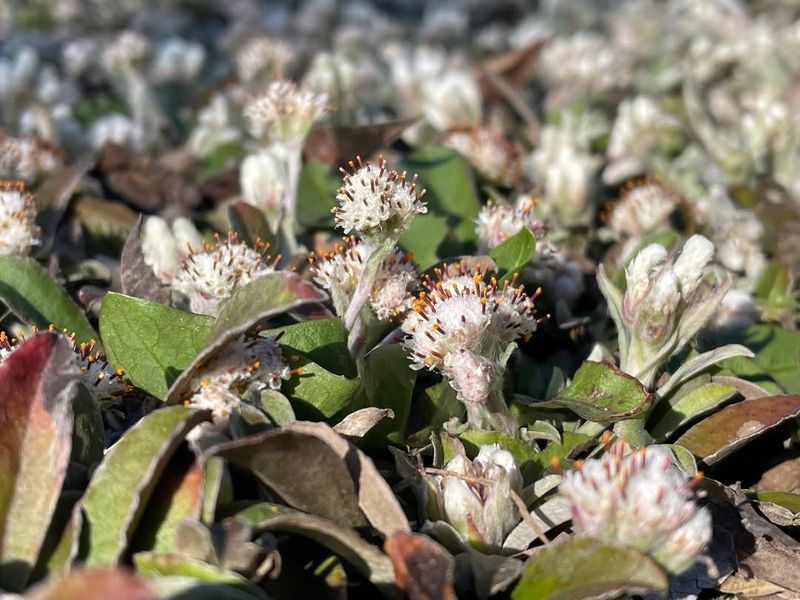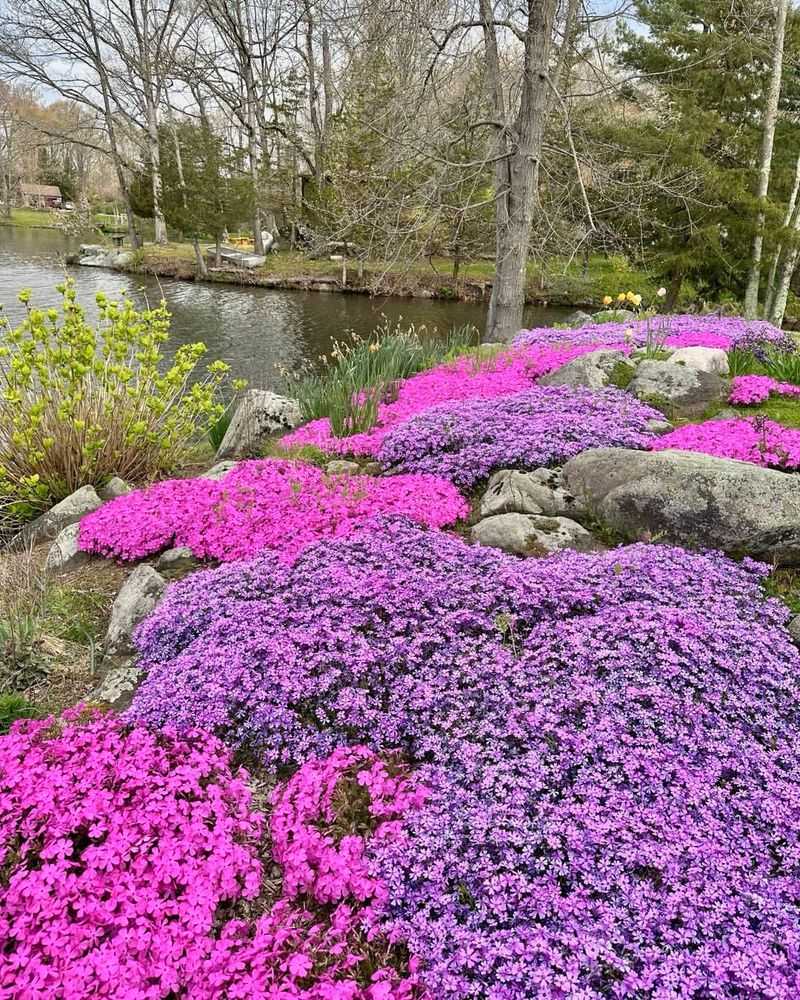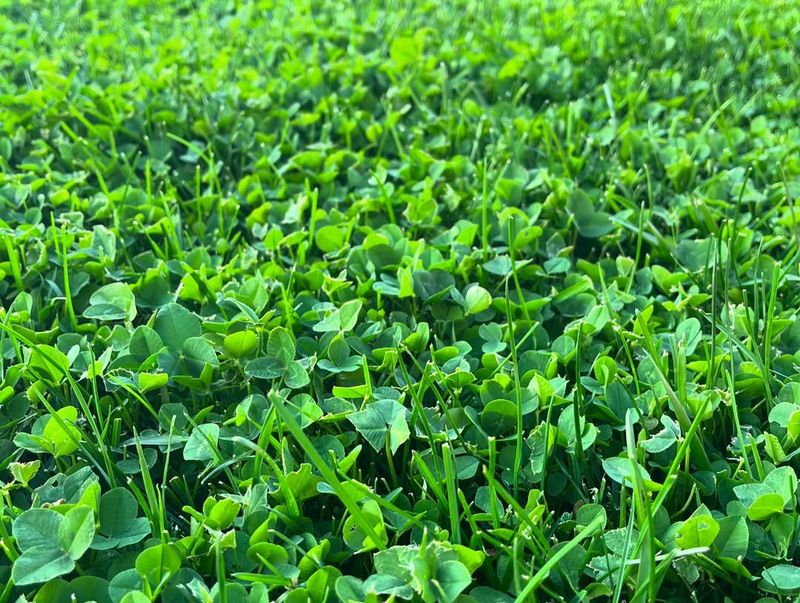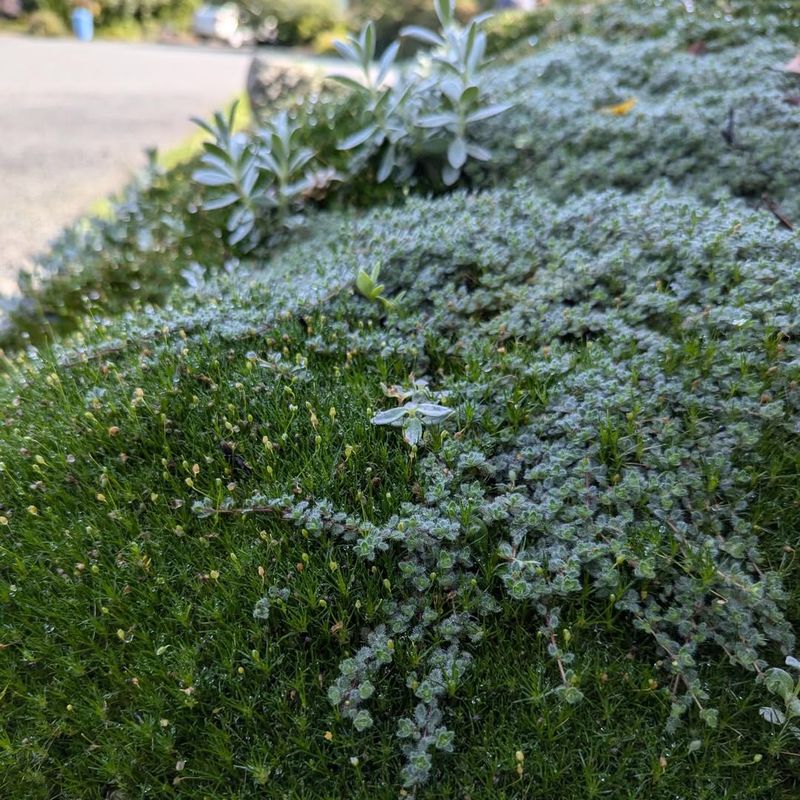Colorado gardens face unique challenges with high altitude, intense sun, and unpredictable weather that can leave ugly bare spots in your yard. Ground covers offer a smart solution by spreading quickly to fill those empty spaces while requiring less water than traditional grass.
If you’re dealing with dry slopes, shady corners, or worn-out pathways, the right ground cover can transform problem areas into lush, beautiful landscapes that thrive in Colorado’s tough climate.
1. Creeping Thyme
Walking across a carpet of creeping thyme releases an incredible fragrance that makes every step through your garden memorable. This tough little plant spreads fast, forming a dense mat that chokes out weeds while surviving Colorado’s harsh winters without complaint.
Tiny purple or pink flowers appear in summer, attracting bees and butterflies to your yard. It tolerates foot traffic remarkably well, making it perfect for pathways between stepping stones or along garden borders where kids and pets roam freely.
2. Snow-in-Summer
Imagine a blanket of white flowers so thick it looks like fresh snowfall has covered your garden in June. Snow-in-summer earns its name with masses of star-shaped white blooms that contrast beautifully against silvery-gray leaves.
This vigorous spreader thrives in Colorado’s full sun and rocky soil, requiring almost no extra water once established. It cascades beautifully over rock walls and fills large bare areas quickly, sometimes spreading up to two feet in a single growing season.
3. Blue Fescue
Steel-blue tufts of this ornamental grass create stunning texture in areas where other plants struggle to survive. Blue fescue forms neat, spiky clumps that spread steadily to cover bare ground while maintaining an elegant, organized appearance.
Drought tolerance is its superpower, making it ideal for Colorado’s dry conditions and water-restricted neighborhoods. The blue-gray color provides year-round interest, even standing out beautifully against winter snow while requiring virtually zero maintenance beyond an occasional trim.
4. Kinnikinnick
Native to Colorado’s mountains, kinnikinnick has been covering rocky slopes long before gardeners discovered its magic. Glossy evergreen leaves turn bronze in winter, while bright red berries provide food for birds and add pops of color to your landscape.
This slow-starting plant eventually becomes an unstoppable ground cover that thrives in acidic soil where grass fails miserably. Once established, it forms a thick, weed-blocking mat that survives extreme cold and needs watering only during the driest stretches of summer.
5. Ajuga (Bugleweed)
Shady spots under trees often become bare dirt wastelands, but ajuga changes that story completely. Bronze or purple leaves create a rich tapestry that stays attractive all season, while electric-blue flower spikes shoot up in spring like tiny fireworks.
Spreading through runners, ajuga fills bare patches faster than most shade-tolerant plants, sometimes doubling its coverage in just one season. It handles Colorado’s temperature swings with ease and stays semi-evergreen, providing color even when snow blankets the rest of your garden.
6. Sedum (Stonecrop)
Thick, juicy leaves store water like tiny reservoirs, allowing sedum to laugh at Colorado’s dry spells and water restrictions. Dozens of varieties offer different colors, from jade green to burgundy red, letting you create living tapestries that never need mowing.
Star-shaped flowers in yellow, pink, or white attract pollinators while the fleshy foliage spreads steadily across bare ground. Sedum thrives in poor, rocky soil that kills other plants, making it perfect for filling problem areas where nothing else will grow successfully.
7. Pussytoes
Fuzzy silver leaves feel like touching a kitten’s paw, giving this Colorado native its charming name. Pussytoes hugs the ground tightly, forming a soft mat that spreads through underground stems to fill bare spots with minimal height.
White or pink flower clusters appear on short stems in late spring, adding delicate beauty without blocking views. This tough native handles full sun, poor soil, and foot traffic while requiring almost no water, making it perfect for xeriscapes and natural-looking gardens that celebrate Colorado’s high-desert character.
8. Creeping Phlox
Spring arrives in a riot of color when creeping phlox explodes with flowers so dense you can barely see the leaves underneath. Pink, purple, white, or red blooms create a stunning carpet that stops neighbors in their tracks and transforms bare slopes into showstoppers.
After the flower show ends, evergreen foliage keeps areas covered year-round while spreading steadily outward. It thrives in Colorado’s sunny spots and well-drained soil, filling bare patches quickly while tolerating occasional foot traffic along pathways and garden edges.
9. Clover
Remember hunting for four-leaf clovers as a kid? Now you can have entire lawns of this nitrogen-fixing wonder that actually improves your soil while spreading. White or red clover fills bare patches incredibly fast, sometimes covering several square feet in just weeks.
Unlike grass, clover stays green during droughts without extra watering and never needs fertilizer since it makes its own nutrients. Bees adore the round flower heads, making your garden a pollinator paradise while you enjoy a lush, soft ground cover that handles moderate foot traffic beautifully.
10. Woolly Thyme
Softer than regular thyme, woolly thyme creates a fuzzy gray-green carpet that begs to be touched and releases subtle fragrance when brushed. Tiny pink flowers appear sporadically, adding sweet surprises without overwhelming the silvery foliage that catches morning dew like jewels.
Spreading quickly between stepping stones and over rock walls, woolly thyme tolerates light foot traffic while thriving in Colorado’s sunny, dry conditions. It needs minimal water once established and stays evergreen through winter, providing texture and color when most other ground covers go dormant or brown.

